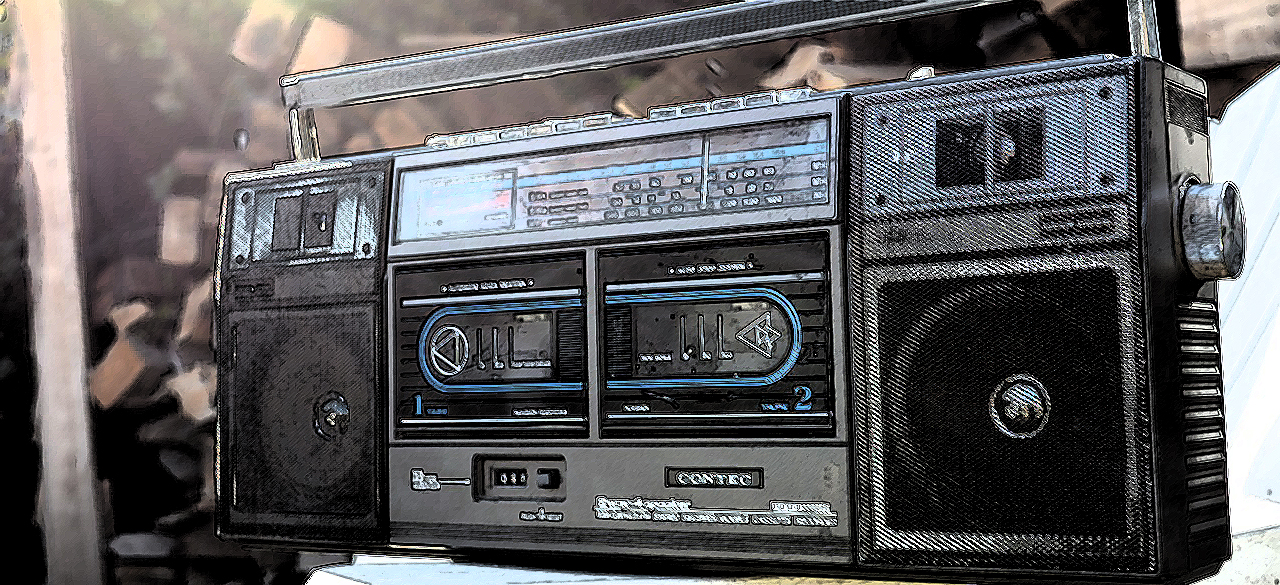
I recently switched vehicles, and for one challenging day I was forced to listen to good old terrestrial FM radio while I worked on changing over my XM subscription (not as easy as it should have been, by the way). I almost didn’t make it. All total I listened for about an hour that day as I drove to and from appointments, and I did not like what I heard.
I caught very little music, and strangely, I didn’t hear much advertising either. Mostly I just heard loud-mouthed radio jocks talking. Incessantly. I heard bad jokes and lame contests and people who clearly loved the sound of their own voice. Instead of playing music, they laughed at their own wit in a sad, desperate attempt to relate to their listeners. Unfortunately, their gags rarely landed and their shtick seemed incredibly stale. There is an episode of The Simpsons that features the “DJ 3000,” a robotic radio announcer that is programmed with “three distinct varieties of inane chatter” that is so generic that it is applicable no matter what the situation is (“How about those clowns in congress. What a bunch of clowns.”). It was like I was living a cartoon.
The music that I did hear on the rock station that I was tuned to was just as generic. One minute I got new heavy metal and the next I heard 1960s acid rock. I heard grunge in there someplace, too. It wasn’t purposely diverse or eclectic, it was just unfocused and bland. I kept thinking to myself “Pick a format! Choose an audience!” There’s a name for broadcasters who play any kind of music they want, any time they want: public radio. And we all know how big their audience is.
My day with FM was a shocking reminder of how far marketing has come in the last decade or so. Modern branding professionals do a much better job of identifying their target audience. Satellite radio has a new metal station, an old metal station, a new hard rock station, an old hard rock station, a 1960s station, an alternative station and even a station devoted just to grunge (for those who prefer their music with a mind-numbingly repetitive dynamic pattern of quiet, LOUD, quiet, LOUD). In fact, XM probably offers fifteen radio formats that slice up the same target audience that I heard the FM station trying to reach with one. Streaming services like Spotify and Pandora (and even iHeart Radio) focus those target audiences even more, narrowing them down to people who like specific artists or even specific songs.
This modern “narrowcasting” has allowed us to speak only to the target audience that we are pursuing. Whether you sponsor a contest on XM or buy spots on Pandora, you can deliver your message with much less waste. Newsflash: The guy who loves Avenged Sevenfold does not have the same interests as the guy who listens to Deep Purple. One of them is thinking about drinking Jagermeister on Friday night while the other is thinking about sipping a 2014 Winter’s Hill Pinot Noir.
I talk to more and more people every week who either stream their music or listen to satellite radio. See all those millennials driving their cars with headphones or earbuds on? They’e not listening to people yell at each other about local zoning ordinances on AM radio. They’re getting their audio entertainment someplace else, and if you want to reach them, you’re going to need to go with them.
As for the folks in broadcast radio, please, please take a hard look at your product. There is still a place for local terrestrial radio. In fact, “local terrestrial radio” is a great start for your own narrowcasting. Do some research on what your listeners want, and understand that you cannot appeal to everybody without becoming boring to everyone. The better defined your audience is, the better I’ll feel putting your services to work for my local clients. But you need to be more than just local. You need to be good, too. I’ll check back with you once in a while, and I hope one day I’ll stick around for more than one day.